This article was published on 20.01.2022 and updated on 07.02.2024.
When visiting these three museums, you will be transported to another time and on a journey through time in and around Mainz.
Gutenberg Museum
We are probably all familiar with the name Johannes Gutenberg still remembered from school days. This clever man invented printing and revolutionized books and our reading. When I visit the museum, I realize my memory has let me down a bit. Johannes Gutenberg did not directly invent printing.
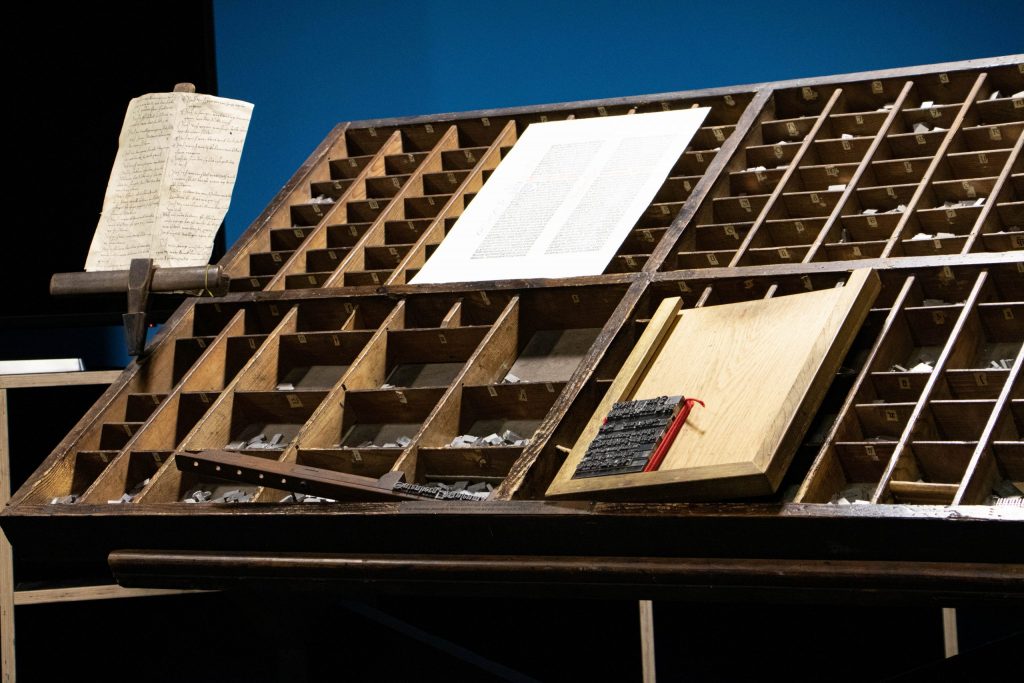
Gutenberg invented movable metal type, which made printing easier, faster which made printing easier, faster and cheaper. In the basement his workshop from that time is recreated in the museum's basement and is brought to life today brought to life today in printing demonstrations. While I sit on the steps and watch the museum employee as he sorts the letters into a word, puts the the sheet into the printing press and forcefully turn the large wooden lever to the side. lever to the side, I think of the printer in the office and how quickly it spits out page after page. it spits out page after page. In Johannes Gutenberg's day, printing a book was a printing a book was a logistical feat.
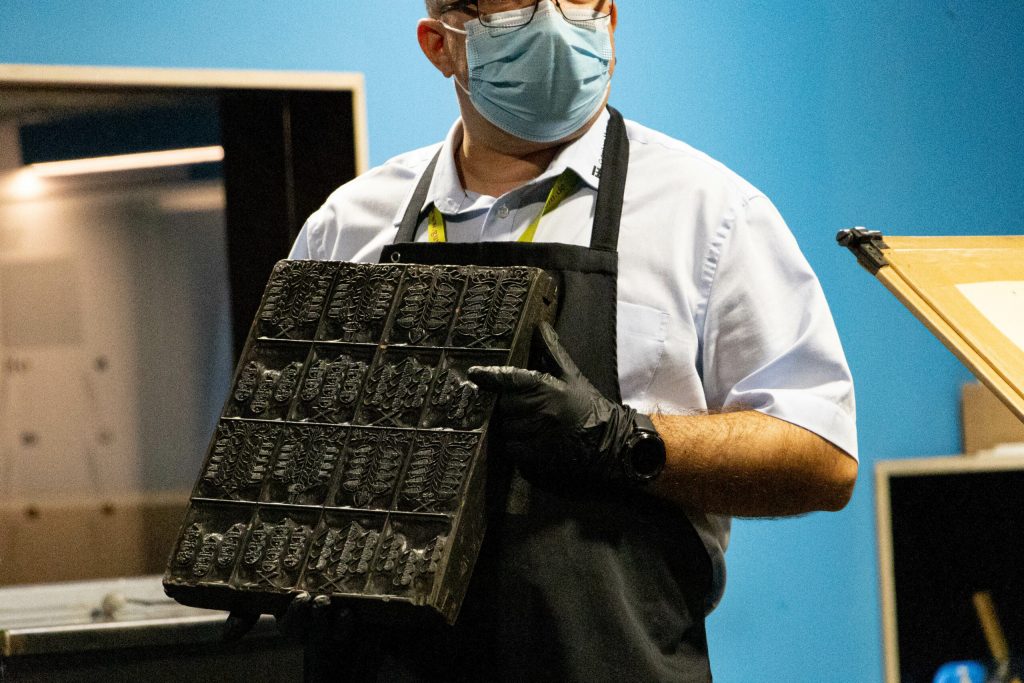
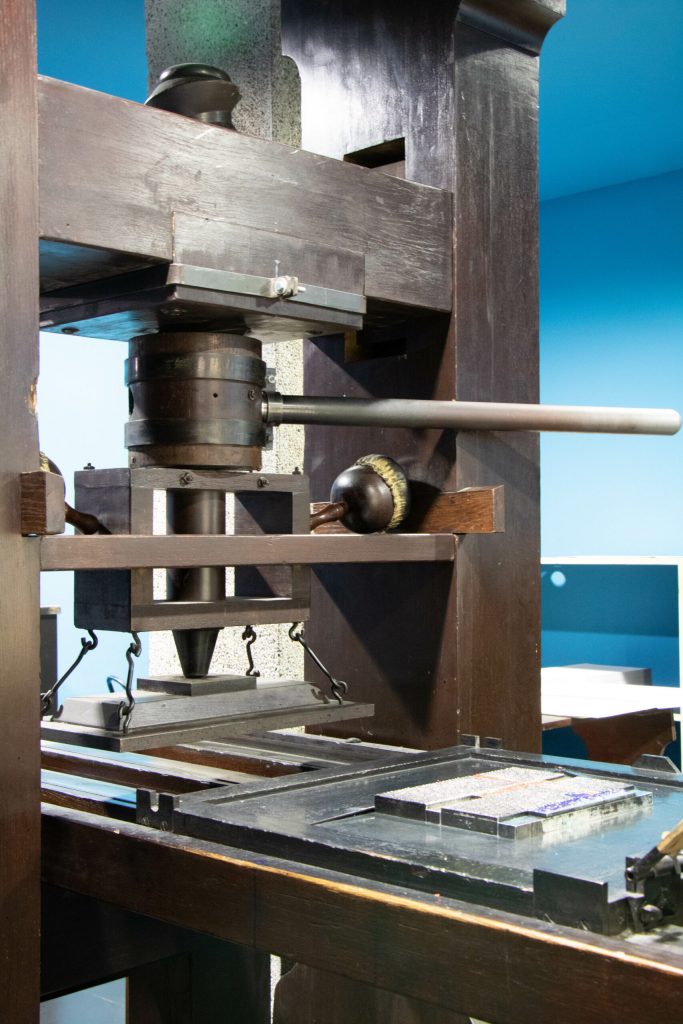
On the other floors of the museum, a journey begins through the history of printing in all its areas. The development of books, typefaces, printing presses and paper can be followed. It's hard to believe that there was a time when there was a black market for old clothes. clothing. After all, paper was made from rags at the time of Gutenberg. It was not until by observing wasps building their nests did people come up with the idea of making paper from wood, to make paper from wood.
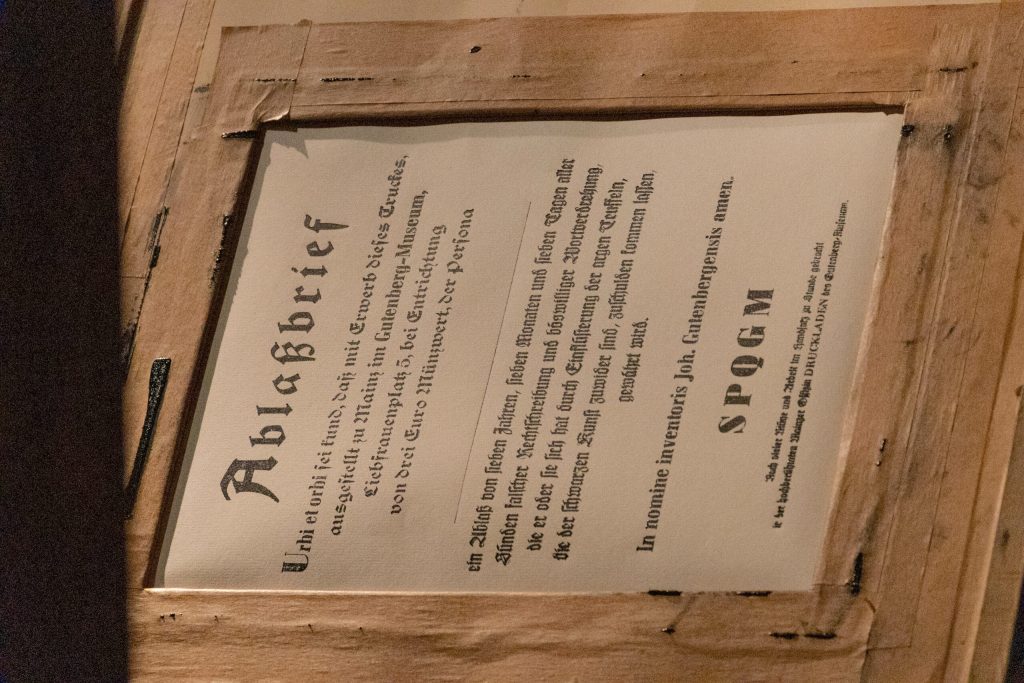
The Gutenberg Museum has much more to offer about the history of books and printing. If you are looking for more information, then have a look at the Website of the Gutenberg Museum over.
Make a note of two important dates:
On May 19 the museum moves out of its original building. It is no coincidence that the "ceremonial closure" is taking place on International Museum Day. Guests will have the chance to say goodbye to the current exhibition building "Schellbau", but also to look forward to moving into the new building. Another cornerstone for the Gutenberg Museum is the subsequent move into the Natural History Museum Mainz. June 21, at the start of St. John's Night in Mainz,
the newly designed exhibition opens in its new temporary home. Treasures such as the Gutenberg Bibles will of course be given a permanent place and housed in the so-called "treasure chamber". "Gutenberg Museum MOVED" is the motto of the opening weekend, during which there will be free admission and special supporting programs.
Cathedral Museum
The cathedral belongs to Mainz like the stars to the moon or the sun to summer and that already for over 1000 years. In that time the Cathedral St. Martin already experienced quite a bit. But not only the city around him has changed, but also the holy church itself. In the Cathedral Museum you can get to the bottom of this story. And the best part is that the museum is located in the old walls of the cathedral.
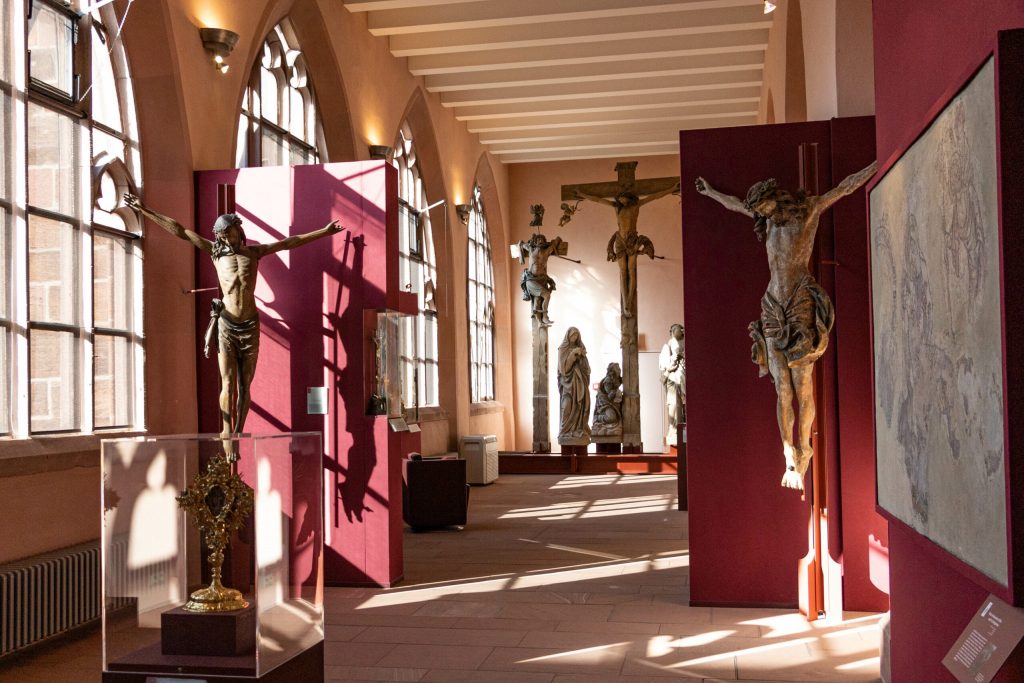
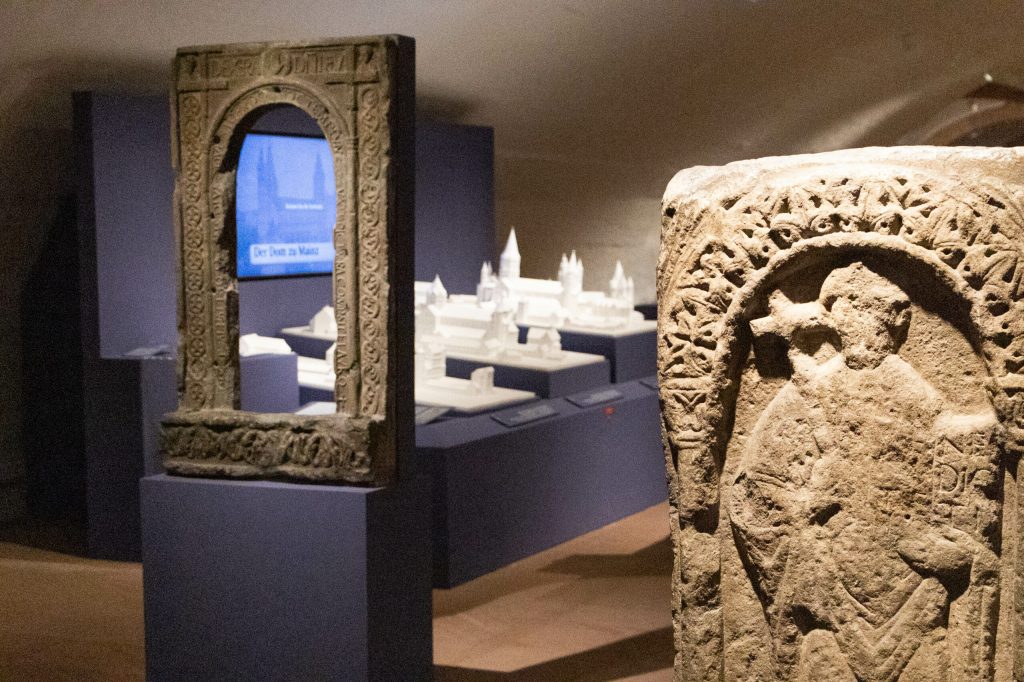
In the cellar vault, the focus is on Mainz Cathedral in the early and High Middle Ages. Here you can find all the findings and sculptures of the famous Naumburg master and his workshop. What the famous artist's real name is not known - just like other stations of his life. But his works are all the more famous and he was named after them. He got the name Naumburg Master through his works for the Naumburg Cathedral. acquired. The reference to the human anatomy make the detailed works so unique. works so unique. It gives the sculptures a liveliness, in which one thinks one thinks to be observed by the angel.
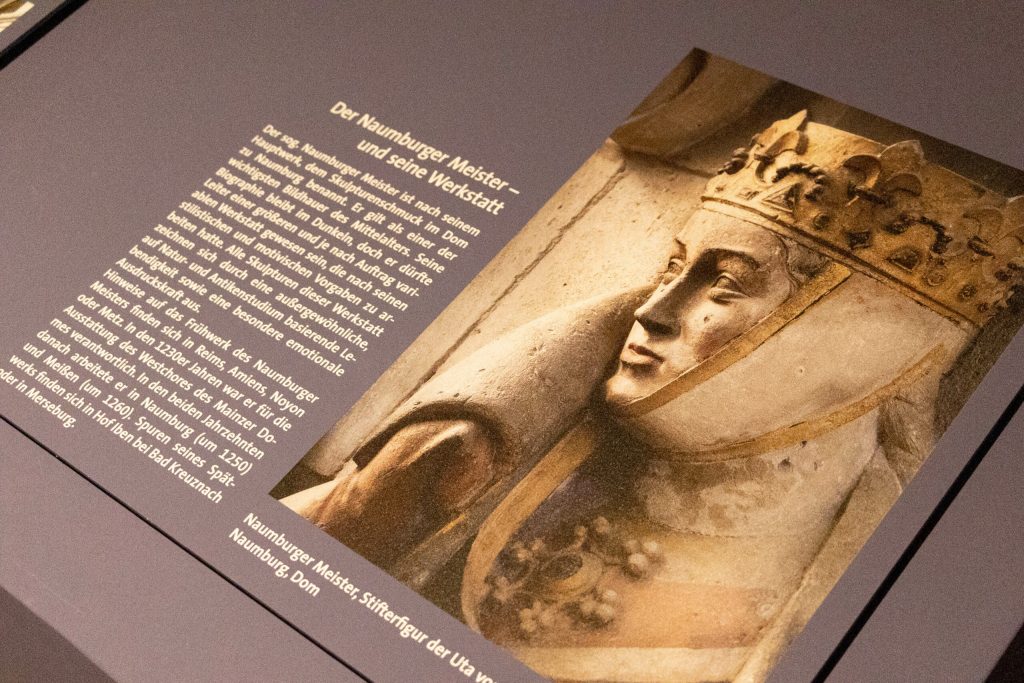

The areas of the museum are distributed in the historical rooms around the Mainz Cathedral. In the reddish sandstone walls in front of black fabric is the living cathedral treasure. Through the beams of the spotlights, the colorful stones sparkle on the works of art of the goldsmith's art. Present in the room stands a golden cloak, the bell casket of Archbishop Willigis. The chasuble is named after its shape. As it it really resembles a bell. A chasuble is a liturgical vestment worn by bishops and priests at holy masses, and this chasuble is this chasuble is very special. When I read the inscription, I almost almost not to breathe. This chasuble made of Byzantine silk has lasted since the death of the archbishop in 1011. It is almost a miracle that it has not yet it has not yet crumbled to dust.
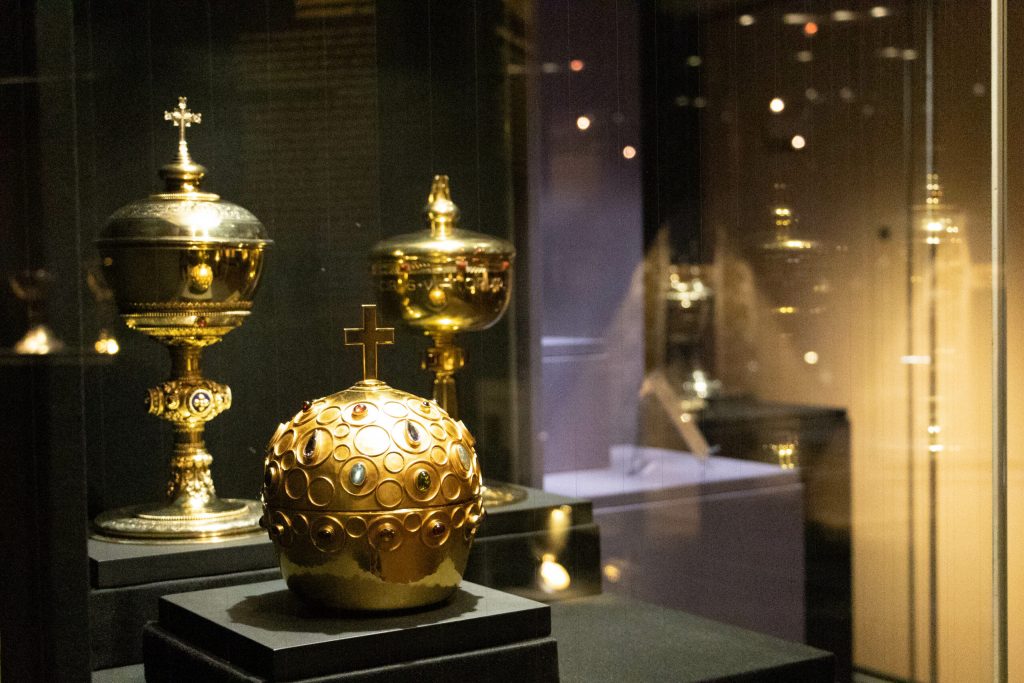
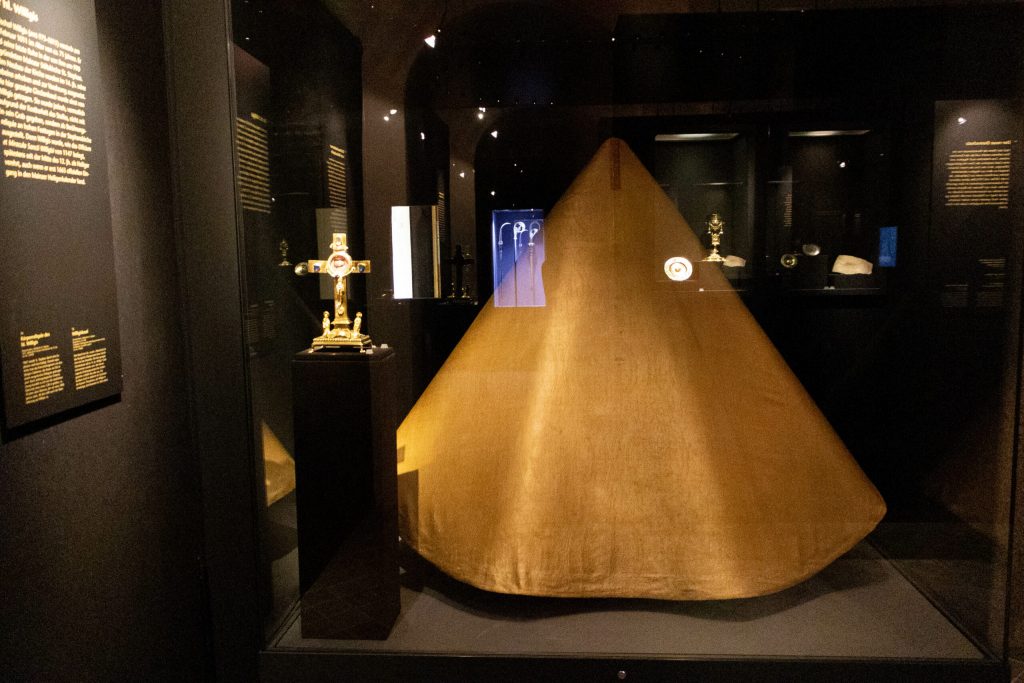
On three floors and in the most diverse medieval rooms you will find many more finds and exhibits from two millennia of cathedral history. If you want to get more information before your visit, then have a look at the Cathedral Museum website an.
The current Special exhibition "The oldest German charterhouse: 700 years of the Carthusian monastery in Mainz" is dedicated to the construction of St. Michael's Charterhouse. Historical views show the location and exterior of the extensive monastery complex. The focus, however, is on its stunning interior with magnificent altars, the once rich church treasury and, last but not least, a valuable monastery library. Highlights of the presentation include original parts of the magnificent choir stalls from 1723/26 with precious carvings and inlays as well as the huge paintings by court painter Georg Joseph Melbert (1717-1786), which were once used to decorate the large cloister and are being shown for the first time. An introduction to the special piety and everyday life of the Carthusians rounds off the exhibition. It will be on display until March 10, 2024.
Natural History Museum Mainz
I probably take the longest journey through time into the history of Mainz in the Museum of Natural History. The building already impresses me from the outside with its combination of old walls and modern glass elements.


Inside begins for me a journey to Rheinhessen 30 million years ago and this feels like a journey to another world. I stand in front of a replica of the skeleton of a manatee found here in Rheinhessen. Next, I look over at the shark teeth, excavated nearby, and at the wall of findings that bear witness to the lives of rhinos, turtles and alligators here in Mainz. In front of me is a small plaque describing a day in the Oligocene, with grazing manatees and a cool breeze brushing across the white sand beach and through the palm trees. I had often heard that there was a sea in Rheinhessen before the Rhine and the Urrhein, but here it becomes real for the first time.
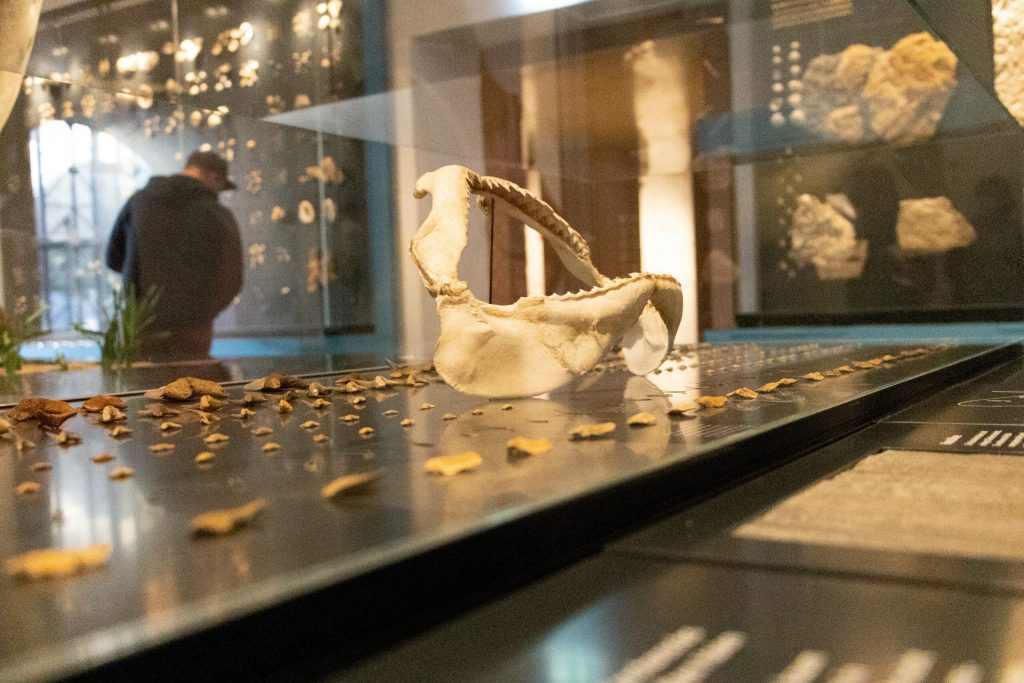
While I follow the green arrows on the floor through the of the museum, I have left millions of years behind me and have arrived in the and have arrived in the Pleistocene, about 2.5 million years ago. At that time, woolly rhinoceroses must have roamed through Rheinhessen in the spring; on their way north they enjoyed the steppe around the Rhine and the warmer temperatures of -25 °C.
Some of the animals that are depicted here true to life, I have I have never seen, no wonder, they are long extinct. Other animals, however, look rather familiar to me - like bears, hyenas, horses or zebras. A I am a bit surprised when an inscription tells me that what I think is a zebra, that what I thought was a zebra is actually a quagga. Quagga? On closer I have to agree with the description. The Quagga in front of me is brown-white and not black-white and it has no stripes on its legs. The fact that a Quagga does not seem familiar to me is not due to my lack of knowledge of animals. animal knowledge, because the last one died in a zoo in 1883. Also taxidermy exists there are only twenty-three left, and the Natural History Museum is the only one that owns several. So you can see a whole family of quagga and an ancestor of zebra. ancestor of the zebras.
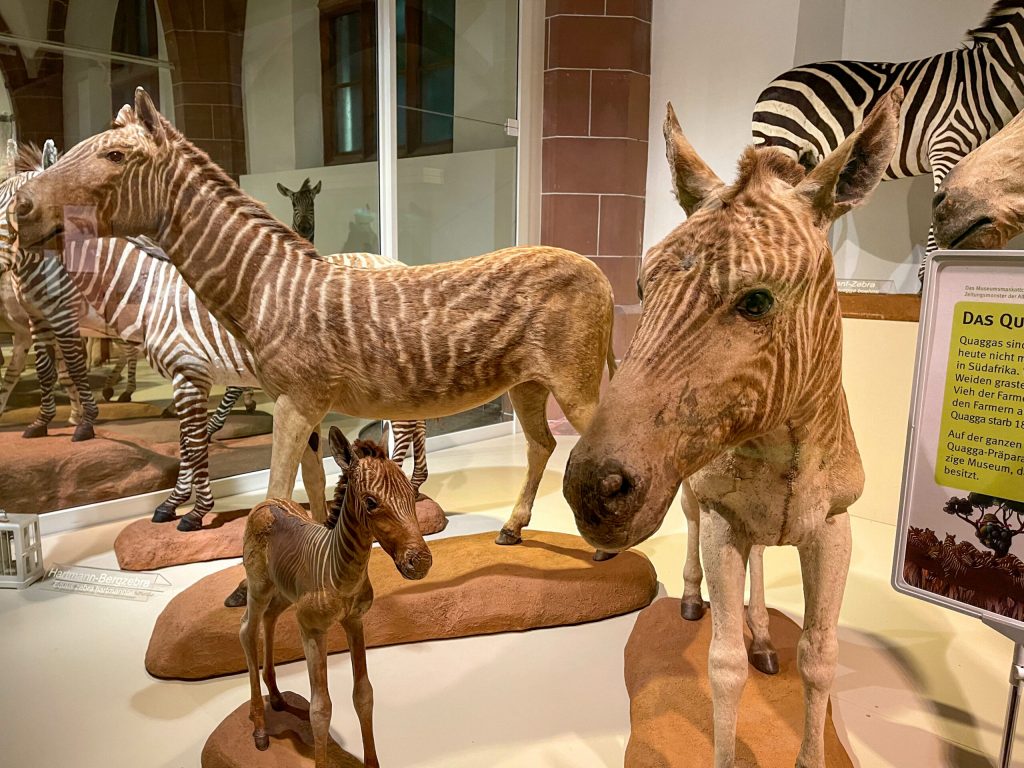
Are you ready for a Rheinhessen discovery tour through the last 30 million years? You can find all information on the website of the natural history museum Manatees, primal horses and quaggas are already waiting for you.
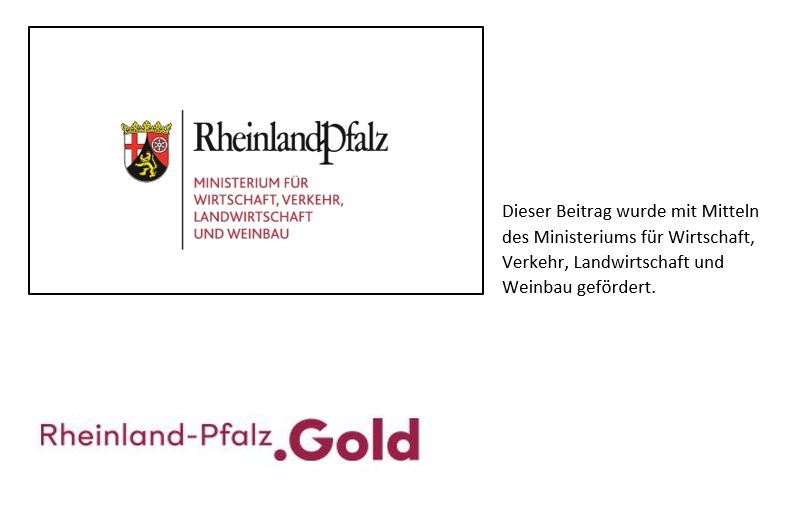

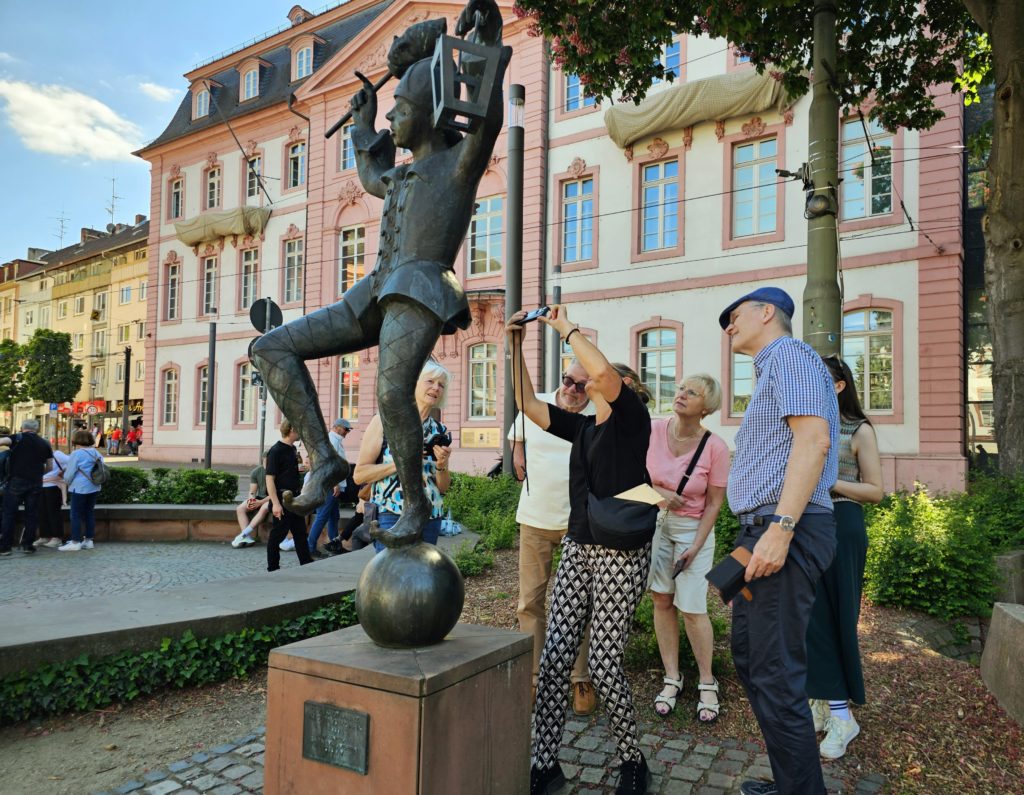
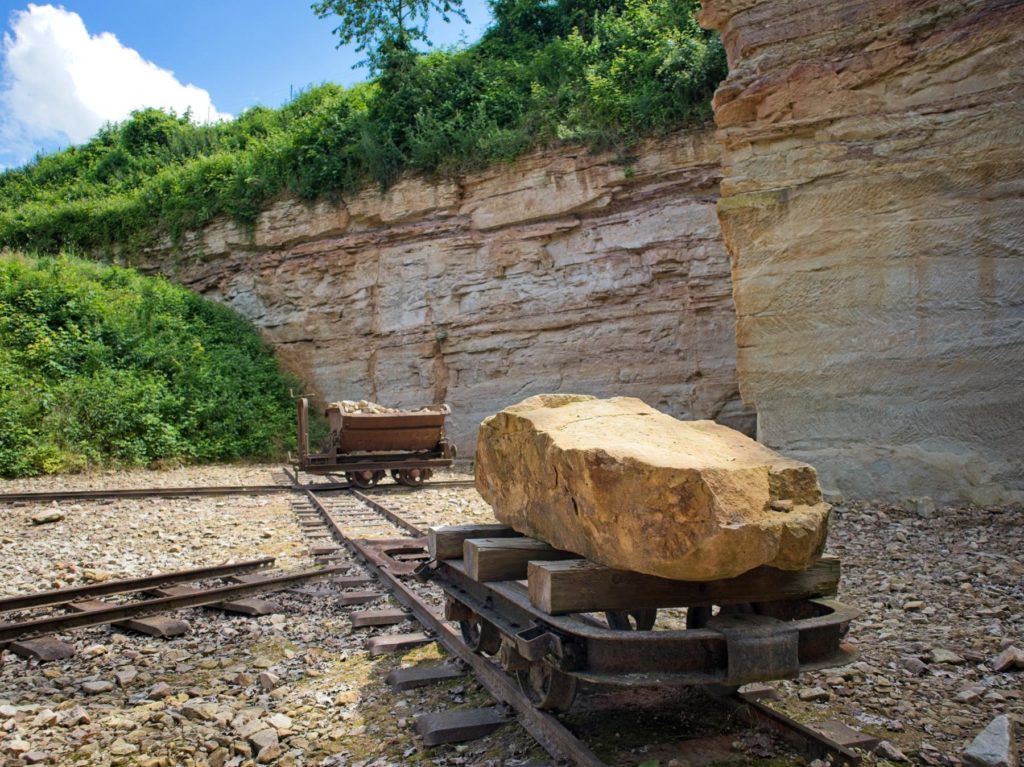
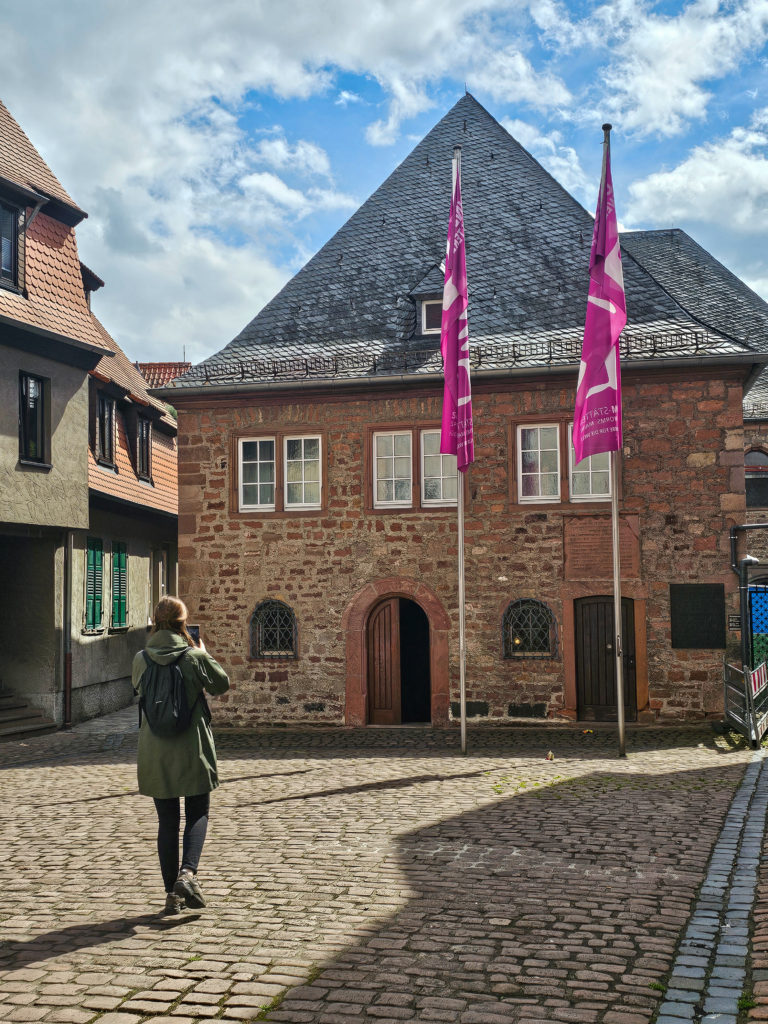
2 Responses
It would have been nice if they had thought to include more detailed information about the museums (location, directions, etc.).
Dear Ms. Fleischmann, we have linked the websites of the respective museums in the text. There you will find information on location and directions, as well as current exhibitions and events.